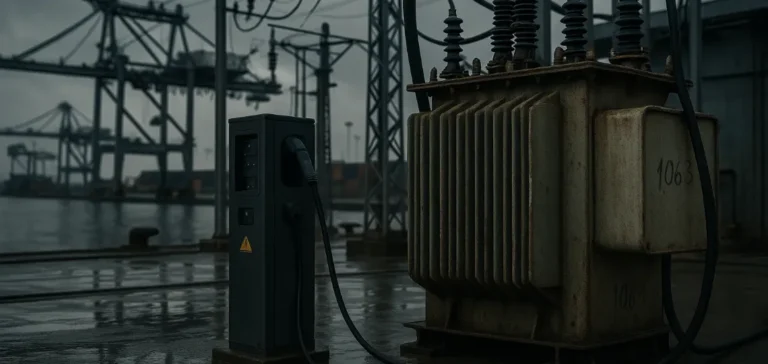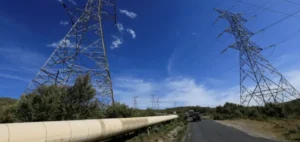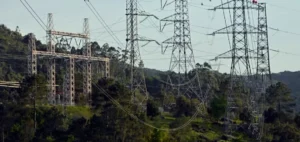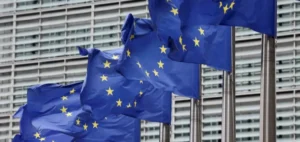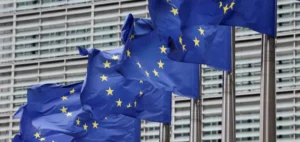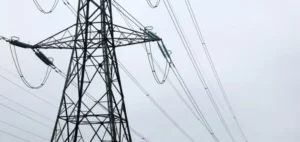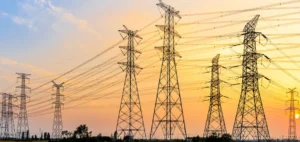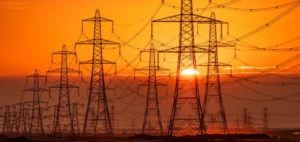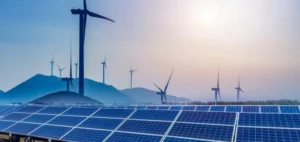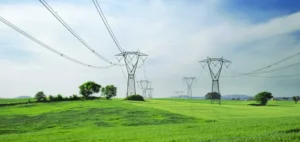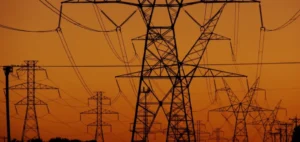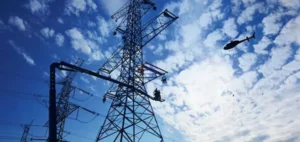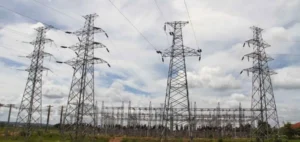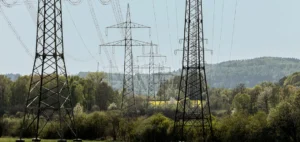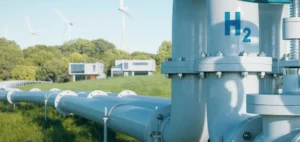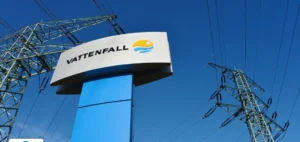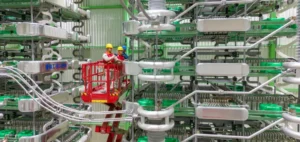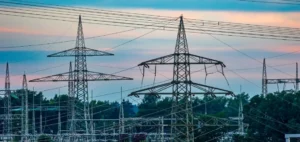Energy infrastructure developer NatPower Marine and Hong Kong-based shipowner Wah Kwong Maritime Transport have launched a joint venture called Wah Kwong NatPower Holdings. The goal is to develop a network of shore power charging stations for ships across major Asian ports. This project aims to establish grid-connected infrastructure enabling vessels to switch off fossil-fuel auxiliary engines while at berth and charge batteries with low-emission electricity.
The company will be based in Hong Kong, with pilot projects planned as early as 2026. It will prioritise ferry terminals, container berths, and the growing cruise sector. The joint venture will operate under a Charge Point Operator (CPO) model, ensuring full private funding for the construction and operation of facilities, with no financial requirement from port authorities.
A connected clean charging corridor in Asia
The target is to cover more than 30 ports by 2030 and establish the first clean maritime charging corridor in Asia, linked to shipping routes to Europe and the United Kingdom. Each site will include substations, battery energy storage systems, and smart grid interfaces, enabling cold ironing and near-shore propulsion charging.
Wah Kwong NatPower Holdings builds on the model already implemented by NatPower Marine in Europe. In the United Kingdom and Ireland, the company is investing £100 million ($126 million) in partnership with Peel Ports Group to electrify key terminals along the Irish Sea, serving over 3,000 vessel calls annually.
A global programme targeting 120 ports by 2030
Alongside this Asian partnership, NatPower Marine plans to unlock up to £10bn ($12.6bn) in global investment to develop a network of 120 electrified ports by 2030. These infrastructures aim to support compliance with tightening regulations, including the International Maritime Organization’s (IMO) Carbon Intensity Indicator (CII) and regional Emission Control Areas (ECAs).
Founded in 1952, Wah Kwong has broad experience in managing technically advanced vessels, including China’s first LNG bunkering ship and green methanol-fuelled vessels. NatPower Marine is part of NatPower Group, based in Luxembourg, which develops over 30 GW of solar, wind, battery storage, and hydrogen projects across several continents.
An Asian platform for electrified maritime transport
One of the first objectives of Wah Kwong NatPower Holdings is to deliver immediately operational technical solutions to ports in Hong Kong. Company executives state that this infrastructure will strengthen port competitiveness and help anticipate future regulatory changes in the regional maritime sector.
Parent company NatPower Group is also behind NatPower H, a hydrogen refuelling network for recreational boats already deployed in Monaco, Venice, and La Spezia. This parallel development reflects a broader strategy to create an integrated energy infrastructure for the global maritime transport sector.


